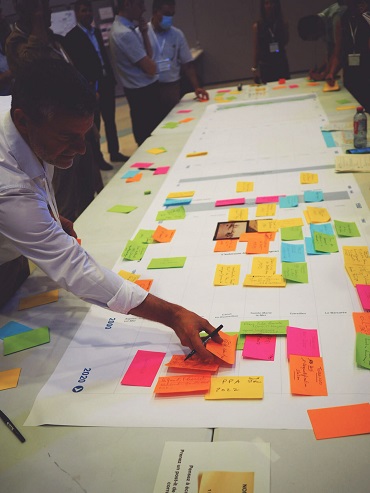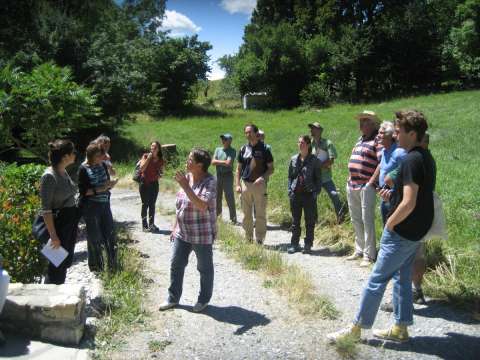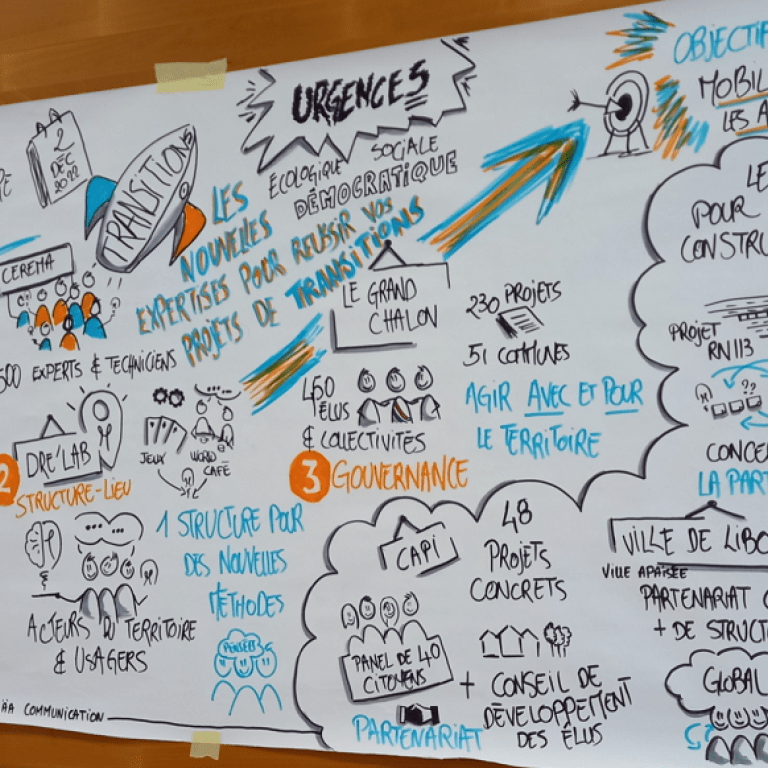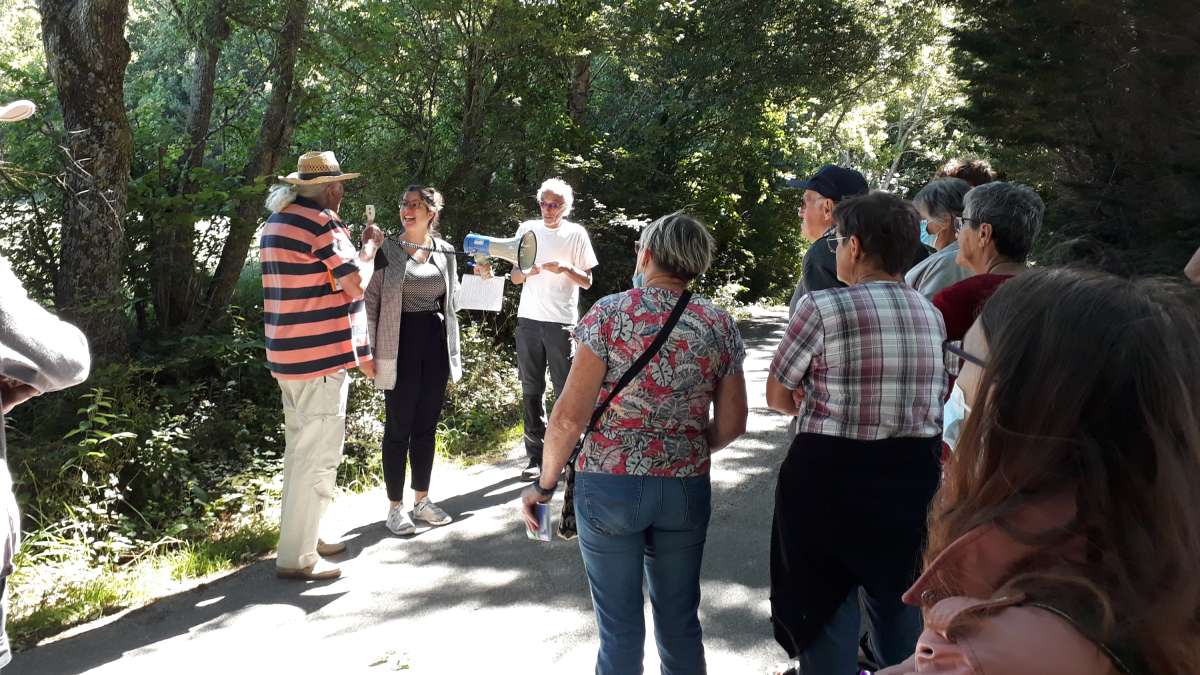
Can the cross-fertilisation of knowledge and 'non-expert' viewpoints really enhance our understanding of phenomena and help to improve their management? And if so, how and under what conditions?
This was the question posed by Cerema's Participation Unit to Emmanuel Martinais (ENTPE/EVS-RIVES), Laurent Jammes (CNRS/INSU), Céline Perherin and Marine Huet (Cerema), who led a discussion as part of the 7th Rencontres européennes de la Participation in Rouen.
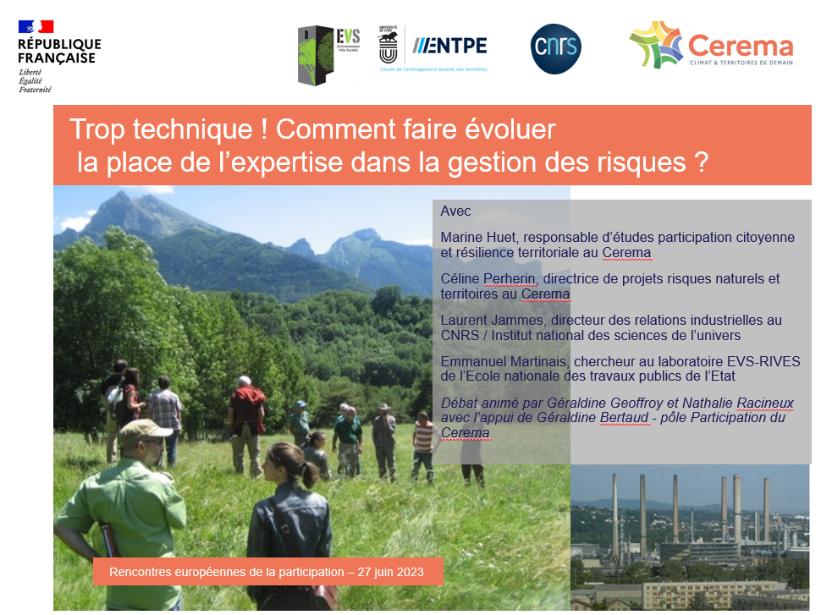
A summary of the round table
We sometimes hear that the subject is too technical, too complex, with too many uncertainties... How do you explain the limited role still given to citizens and stakeholders in risk prevention and management projects?
Emmanuel Martinais: Risk is a calculative concept, and risk prevention is still characterised by the very strong legitimacy of technical expertise, particularly when it comes to characterising phenomena and hazards - despite the criticism and mistrust that may be directed at the experts. The expert is still the one who can make the right decisions and protect against possible disputes, because he or she uses science and technology, which are thought to produce the most reliable images of the hazards involved.
As a result, it is difficult to make room for other forms of non-technical knowledge, or even to recognise the value of confronting these other forms of knowledge - 'lay' knowledge, knowledge of use and experience. Citizens, local residents and inhabitants are not considered to be fully-fledged players, and participation continues to be the subject of cost-saving or avoidance strategies, even when it is made compulsory by regulation. The example of the Technological Risk Prevention Plan (PPRT) is a good illustration of this difficulty.
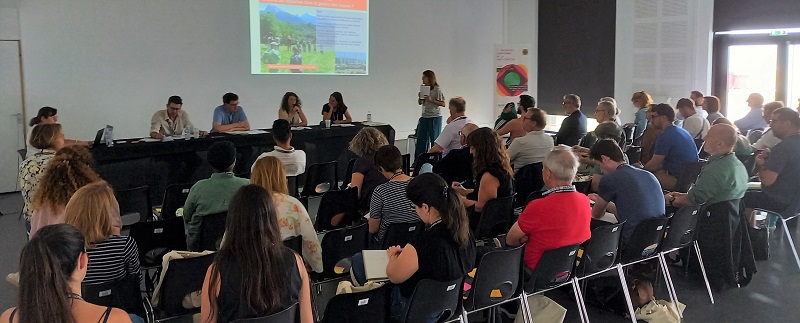
How can the involvement of citizens and stakeholders improve risk management and prevention processes? What is the added value of taking into account the experience of local residents and creating a space for dialogue between experts and citizens?
Céline Perherin: The field of natural hazards is perhaps the one most conducive to experimentation these days. In the case of flood risk, I can give you two examples, one more concerned with diagnosis and the other with action.
When we work on hazard maps, we use a number of technical and modelling tools to reproduce floods. But we can't work concretely on implementing these tools if we don't know where the water is entering, where the waves are going to cross a dune belt, and so on. And yet it's the local residents, the people working on the ground, who have this knowledge. So it's really by working together, by combining digital models and observation, that we can come up with something that is as representative as possible.
What's more, this exercise is also a process: each person will enrich the other with their own knowledge and develop their own representations. This also helps us to understand what is in the collective memory, what has happened, and to better adapt our communication: because if we send messages that do not match people's representations of what they are exposed to, we will not succeed in getting the information across.

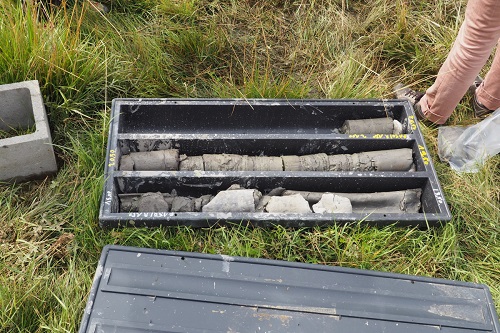
Marine Huet: As far as the project on slow landslides in the Alps is concerned, the starting point was 'classic' expert assessments by Cerema geologists and geotechnicians on a national road, the Route Napoléon, which is regularly deformed by landslides. We wanted to create the conditions for an exchange between the scientific knowledge of the experts and the experiential knowledge of local residents, based on the principle that local memory could be useful in gaining a better understanding of how these landslides develop over time. And the aim was precisely to question the results of bringing together technical experts, local residents, elected representatives and all the risk managers.
For the geologists, this made them aware of the distance between expertise and civil society, and made them realise that local residents, and even some elected representatives, were totally powerless to deal with this risk. The landslide not only affects the main road, but also houses a few hundred metres away, which are cracking, without the residents knowing what to do or what the danger is. This also enabled the experts to work in a relationship of trust, as they are sometimes exposed, particularly in crisis management, to very difficult conflicts with local populations and players.
In this case, thanks to the proposed framework, we were able to establish a relationship that allowed us to freely share the contributions and limitations of instrumental approaches, and to discuss scientific uncertainty with local residents - which means that the experts have to do a great deal of work to improve the transmission of knowledge. Lastly, this has had a positive impact on scientific production, as it has enabled the analysis to be extended both spatially and temporally: the recommendations for action have been enriched by other elements, such as farming practices, and the technical expertise has been able to take its place over time by drawing on the memory of local residents.
As far as the elected representatives and local residents are concerned, what we've seen is an empowerment of local players, even if it hasn't been fully achieved in this project. It has given them a better perception of the geological phenomenon, and an understanding of the current technical limits to intervention. For some, it was also a form of gratification to be able to acculturate scientific methods and approaches. Above all, it enabled local players to find the resources to mobilise, to accelerate and amplify the mobilisation, either individually or collectively. Overall, we can see that the different types of scientific knowledge and experience are highly complementary.
Laurent Jammes: On the rather specific subject of subsoil exploitation, for projects linked to the energy transition (geothermal energy, hydrogen and CO2 storage, mineral prospecting, etc.), there are many issues at stake in terms of participation. We're dealing with extremely complex and, in fact, relatively uncertain operations, which are very difficult to analyse with an engineer's hat on.
In industry, we always want to move towards a quantitative approach to risks, and we reason in terms of criticality, i.e. the product of the probability of a risk and the severity of the impact. This calculation should enable a cost-benefit analysis to be carried out to define the actions to be taken. But this is based on assumptions and models that are not at all free of flaws.
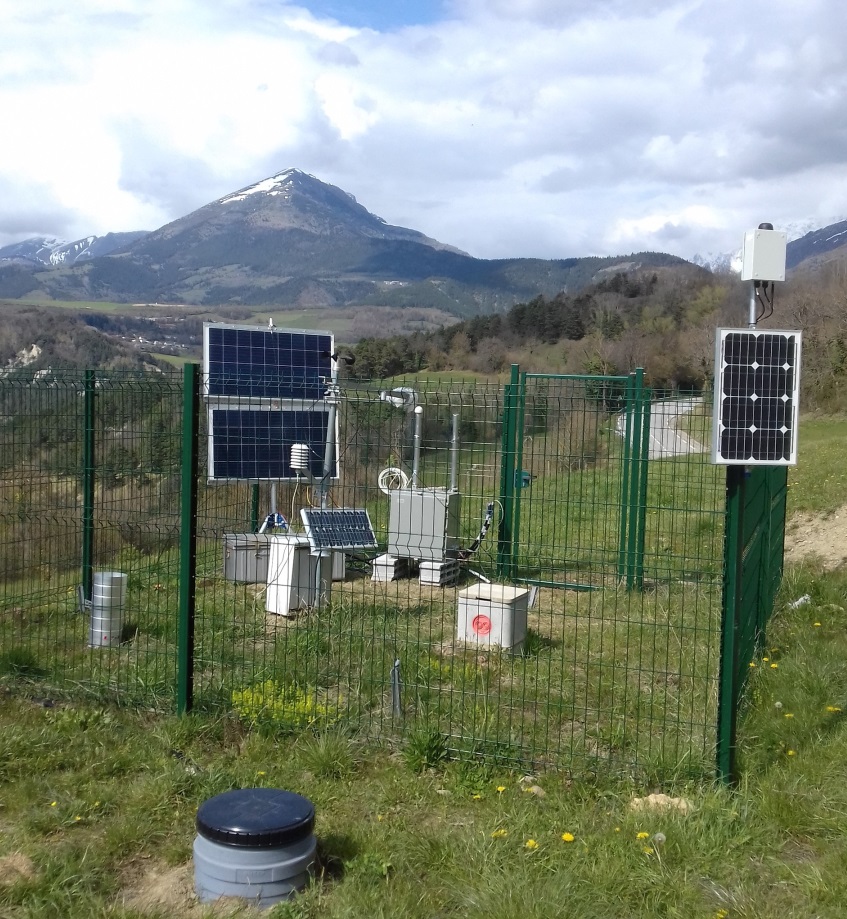
It is also a question of social justice, because the actions to be taken will have benefits for some and disadvantages for others, so there is a necessary moment of negotiation for these mitigation actions, whether they are preventive or corrective. On another level, citizens can also play an active part in risk monitoring. This helps them to take ownership of the technical issues involved, and so to become more familiar with them, which in turn helps to reduce the level of fear and somewhat subjective apprehension that may exist when dealing with highly technical subjects.
Based on your respective experiences and observations, can you identify areas for improvement, or conditions that need to be put in place to encourage dialogue between experts and citizens and to ensure that these exchanges benefit prevention and management initiatives?
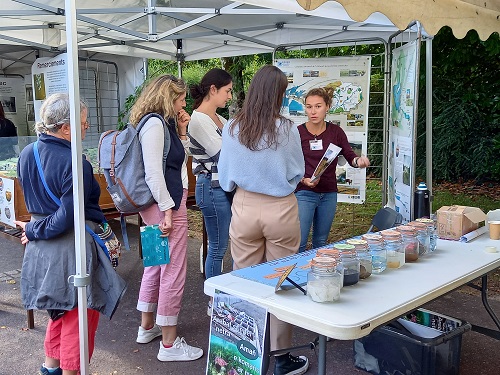
Céline Perherin: For the BRIC project, we learned a lot from our Anglo-Saxon colleagues. Today, they no longer run national information campaigns, which have virtually no impact, and instead favour the emergence and support of local initiatives such as Flood Action Groups. These are communities of volunteers who are getting organised, and what we're seeing is that it's not just the flooding that brings them together, but also the social ties - the pleasure of getting together at the weekend, clearing land, planting hedges, having a snack and a chat.
And there are a number of messages that get across, making it easier for people to find support in the event of flooding. The Anglo-Saxons favour this type of approach and seek to facilitate discussion between this type of group and local authorities - moving away from a purely top-down approach.
To improve this dialogue between experts and citizens, it is also interesting to move away from purely restrictive approaches and allow for more experimentation, for example by seeking to go further in involving citizens in the decision-making process. We can cite the example of certain initiatives led by local authorities, such as the Integrated Coastal Management call for partners and the partnership set up between the CARENE agglomeration community around Saint-Nazaire and Cerema.
In this context, the elected representatives have set up a steering committee and, at the same time, a citizens' mirror group, modelled on the citizens' conventions. This group of citizens has access to the same information as the steering committee, and can question the steering committee or provide additional information. This is more in keeping with the notion of expertise as a collective process, in a position to support the decision-making process.
Marine Huet: As far as the MLA3 project is concerned, we have identified three elements that we feel were important to the success of the approach.
Firstly, the preparation of discussions upstream, with each stakeholder, to get people interested in the process, to identify the issues and difficulties faced by each and to start working on changing attitudes. An audience is "built". This preparation is time-consuming, but it is essential in order to legitimise local people in expressing their knowledge and points of view, to enhance their knowledge and help them to reinvest it in the participatory workshops, or to avoid the potentially inhibiting postures of certain managers. Attention also needs to be paid to the way in which meeting and speaking times are structured, and to encouraging informal moments to facilitate a relationship of trust.
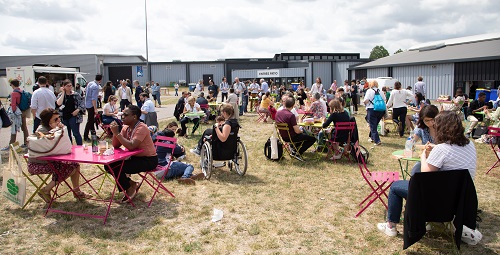
The second point concerns the way in which the process is run. In this project, we relied on the social sciences team, with a facilitation or leadership role, but the training of experts is also necessary so that they are increasingly able to integrate this type of approach into their mission. This facilitation is based on preparatory work to make the issues clear and to manage conflict - which has its place in a multi-stakeholder dialogue - by allowing everyone to find their place, to dare to speak out and defend their point of view.
Finally, but this touches on the limits of the project, there is the question of the relays and the long-term availability of government departments and local elected representatives to mobilise the knowledge produced and implement the actions. This presupposes that the managers concerned, in this case the managers of the various areas affected by the landslide, are involved throughout the project, but that's not enough.
Laurent Jammes: In my view, we need to put the issue of participation back into the overall scheme of projects. The issue of public participation in risk management, particularly for projects involving the exploitation and use of the subsoil, is only a very small part of what is at stake. Citizens have to decide first and foremost on the quality of the projects: do they really correspond to the roadmaps that everyone agrees on, co-constructed at regional or national level?
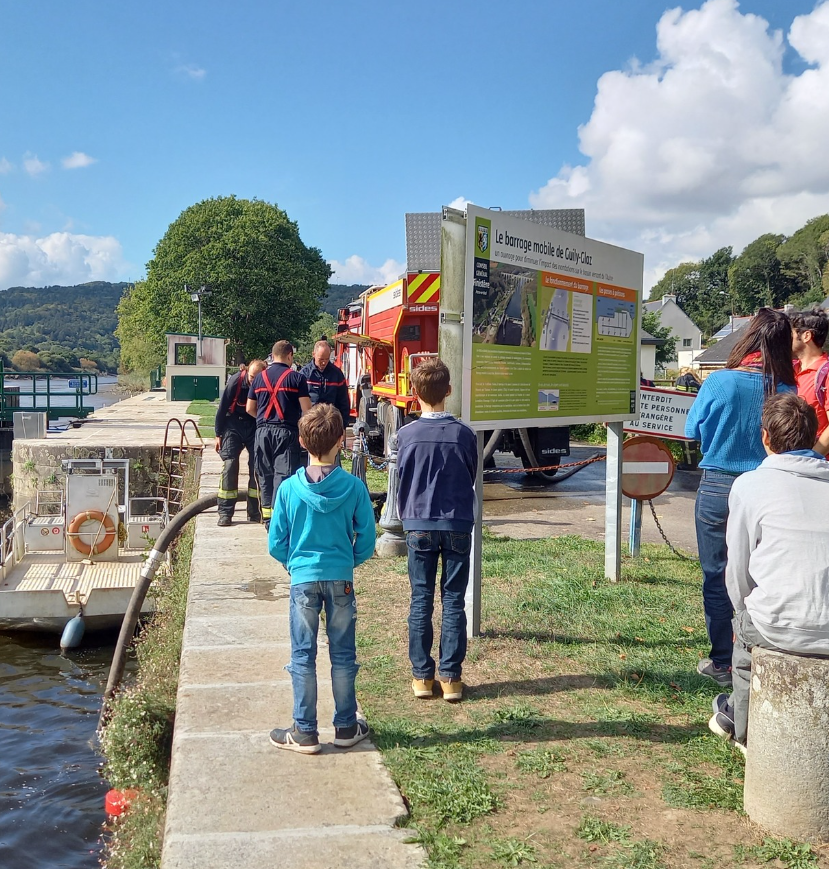
Emmanuel Martinais: What I've observed, particularly in the field of industrial risk prevention, is that for the last two or three decades we've been collectively coming up against the same three observations: a real expectation of participation from local residents, especially when decisions directly affect them; public action configured to make this participation possible; and, at the end of the day, an extremely limited involvement of these local residents in decision-making, who remain very little present in the mechanisms that are supposed to involve them, such as site monitoring committees.
The explanations put forward are always the same: instruments or mechanisms that are not sufficiently effective, populations that cannot be made to participate. The idea sometimes persists that local people are not competent or rational, and that we "know better" than they do. And then there are also attitudes of caution, fear of scaring people, of stirring up unnecessary conflict.
There is also the question of asymmetries of knowledge that would prevent discussion and hinder dialogue. But these legitimate fears mask deeper causes linked to the lack of resources, the lack of recognition and the lack of training in participation within management departments. And the same solutions are always proposed: develop more innovative instruments, educate people through the famous risk culture. But it doesn't work.
